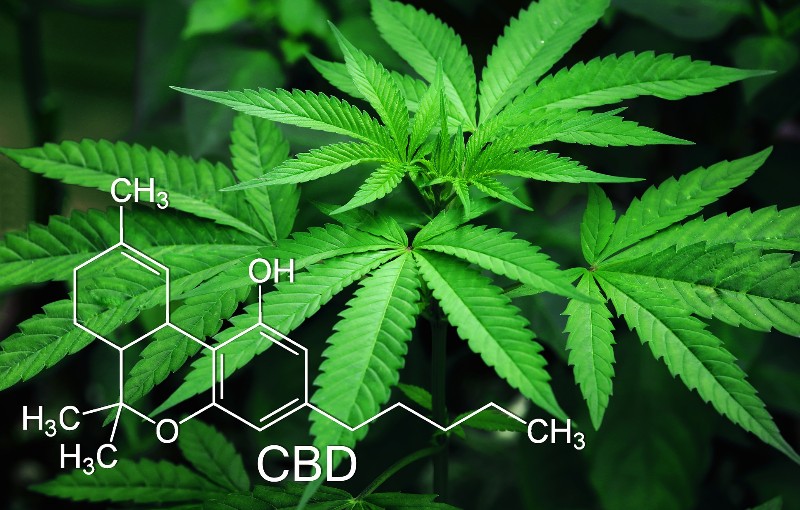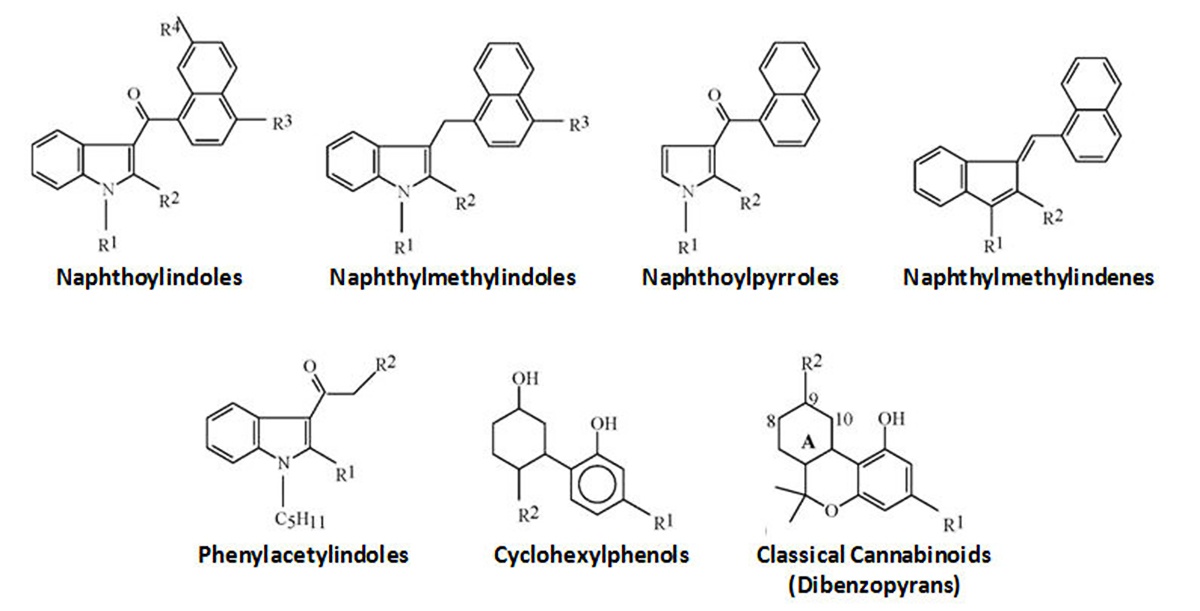Ask anyone what gets them high when they consume cannabis and a vast majority of them are likely to quickly respond, “THC”. While THC may receive credit as the plant’s most prominent psychoactive component, there are also a host of additional cannabinoids that help to determine the effects of any given cannabis product.
This is most obvious when comparing the two primary strains of cannabis, Sativa and Indica; each of which possess different combinations and concentrations of both THC and CBD. While Sativa is renowned for producing an energized high and promoting an overt feeling of euphoria, Indica offers a far more sedative effect and is also generally the strain selected by those in search of pain relief.
Each of these strains has its own basic configuration of various cannabinoids that sets the stage for their individual pharmacological effects. When you factor in the preponderance of the many hybrid strains that have been developed over the past few decades, it becomes clear that the cannabinoid diversification has become so intermingled that determining a strain by the simple moniker of ‘Sativa’ or ‘Indica’ may no longer be an empirical indicator of the true genetic background or ancestry of a plant.
In truth, the cannabis plant does not actually produce THC (Δ9-tetrahydrocannabinol) and CBD (Cannabidiol) directly; they both come in the form of cannabinoid acids, THCA and CBDA respectively, which must be activated by heat before they can yield the beguiling compounds that have made them so desirable by those who consume them.
There are also a number of other related cannabinoid acids in addition to THCA and CBDA that can bind together in various ways to produce a mixture of subtle effects.
These components include:
- CBCA (Cannabichromenenic acid)
- CBGA (Cannabigerolic acid)
- CBCVA (Cannabichromevarinic acid
- CBDVA (Cannabidivarinic acid)
- CBGVA (Cannabigerovarinic acid)
- THCVA (Tetrahydrocanabivarinic acid)
Nonetheless, THC still remains the most prominent intoxicant in the cannabis plant. Just as alcohol is the inebriating component in all wines; it is actually the refined flavor notes and nuances that make a truly classic vintage. And, while most of the other cannabinoids do not offer a noticeable psychoactive effect in and of themselves, they can definitely affect the manner in which any given combination of them will interact with your endocannabinoid system and CB1 receptors in your brain.
There are also differences in how the very same compound of cannabinoids can impact your high depending upon whether you have ingested of smoked the product. Without a doubt, numerous factors are involved, and many of them remain yet to be discovered.
Researchers continue to study the ways in which various configurations of cannabinoids work to determine the level and nature of cannabis intoxication. Unfortunately, over nine decades of Federal marijuana prohibition has crippled any attempts by medical science to study, delineate and categorically define all of the factors related to how cannabis interacts with the human mind and body.
Hopefully, those days have now come to an end.











